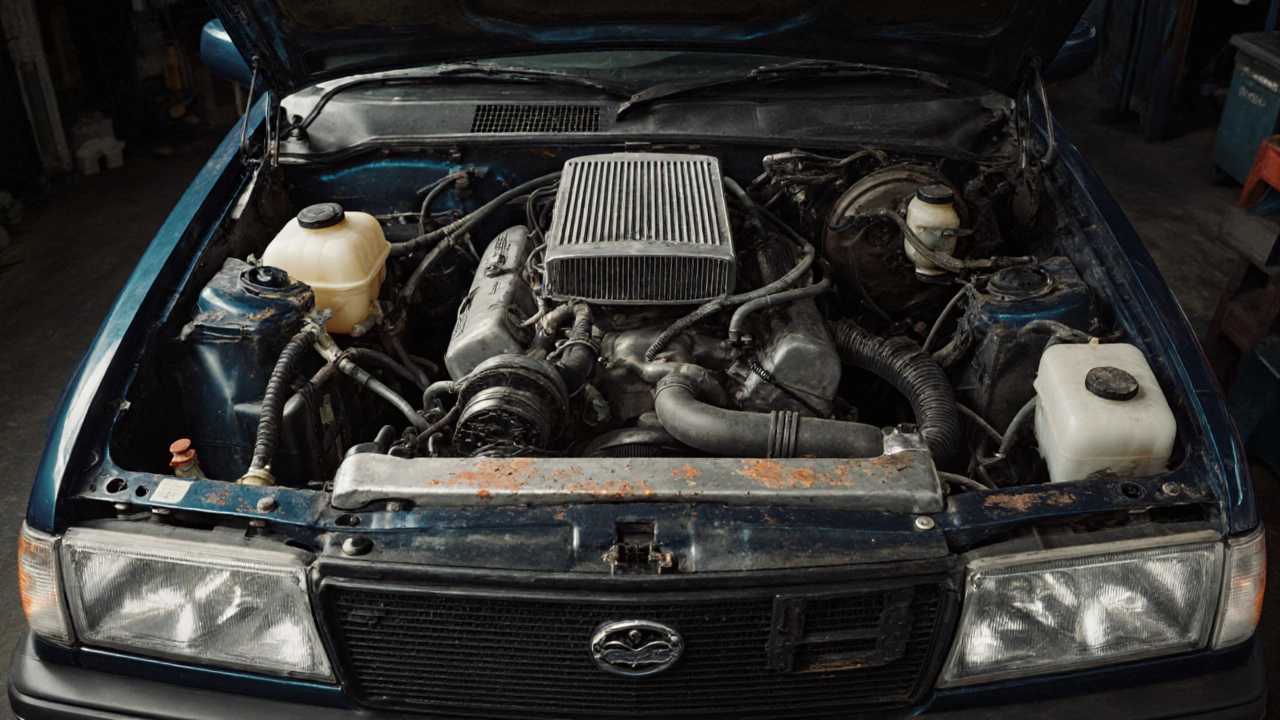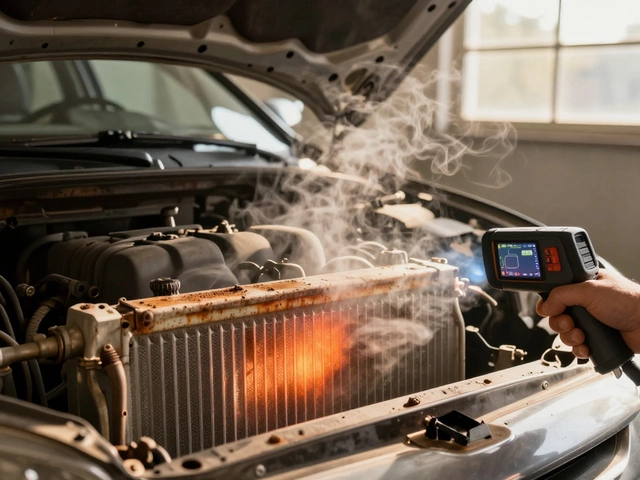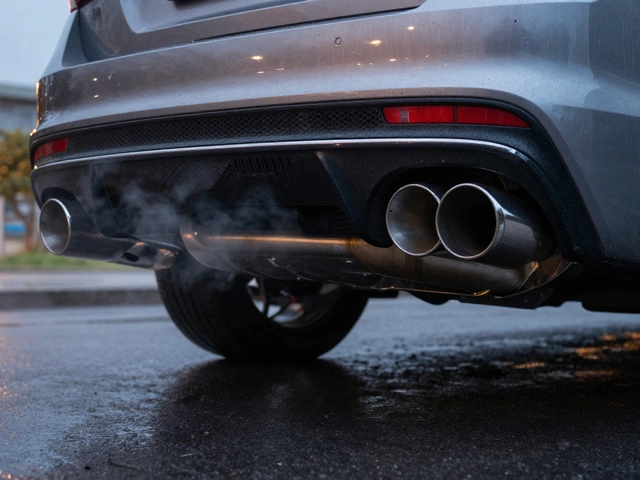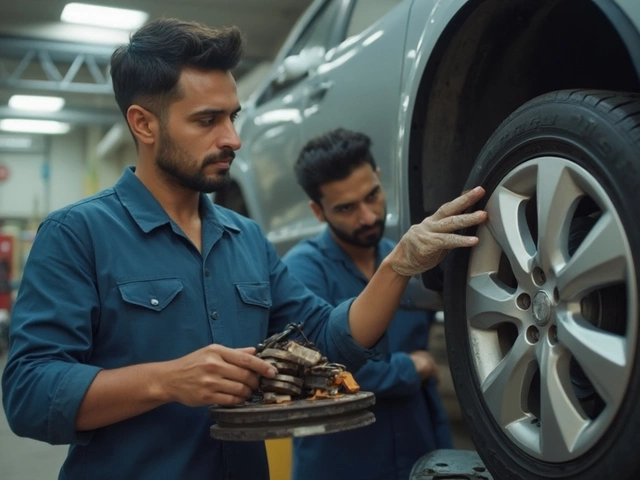Electric Cooling: How It Keeps Your Car from Overheating
When your car’s engine gets too hot, it’s the electric cooling, a system that uses electrically powered components to manage engine temperature. Also known as electronic cooling, it’s what keeps your engine running safely without relying on belts or mechanical pumps. Unlike older cars that used engine-driven fans and pumps, modern vehicles use electric coolant pump, a motorized pump that moves coolant only when needed and electric radiator fan, a fan powered by electricity instead of the engine. These parts turn on and off based on real-time temperature data, making them smarter and more efficient.
Why does this matter? Because electric cooling gives your car better control. On a cold morning, the system waits until the engine is warm before turning on the fan or pump—saving energy and helping the engine reach optimal temperature faster. In traffic, it keeps cooling going even when the car is stopped, something a belt-driven fan can’t do. If your electric cooling system fails, your engine can overheat in minutes, even if you’re not driving hard. Signs include the temperature gauge climbing while idling, the fan not spinning when the engine is hot, or coolant leaking near the electric pump. These aren’t just minor issues—they can lead to head gasket failure or a seized engine if ignored.
The shift to electric cooling is everywhere now. Hybrid and electric cars rely on it even more because they don’t have a running engine to drive mechanical parts. Even gas-powered cars from 2015 onward use electric pumps and fans as standard. You’ll find them in everything from compact hatchbacks to luxury SUVs. The system’s main advantage? Precision. It doesn’t waste power cooling a cold engine or overcooling a warm one. It responds to sensors, not engine RPM. That’s why newer cars often have better fuel economy and fewer overheating problems.
But that precision also means more things can go wrong. A bad relay, a blown fuse, a corroded connector, or a worn-out motor can all kill the system. Unlike a broken belt, which you can sometimes see and hear, electric cooling failures are quiet and sneaky. Your car might run fine on the highway but overheat at a stoplight. That’s the electric fan not kicking in. Or your coolant might be low because the pump isn’t circulating it properly. These aren’t always obvious until it’s too late.
What you’ll find in the posts below are real-world fixes, cost breakdowns, and clear explanations of how these systems work. You’ll learn how to test the fan, check the pump, and spot the warning signs before your engine turns into a repair bill. Whether you’re a DIYer or just trying to understand what your mechanic is telling you, this collection gives you the facts without the jargon. No fluff. No guesswork. Just what you need to keep your car cool, whether you’re stuck in traffic or cruising down the highway.

Why Are Car Radiators No Longer Used in Modern Vehicles?
Modern cars no longer rely on traditional radiators thanks to electric cooling systems, distributed heat exchangers, and smarter thermal management. Here’s why the radiator is being phased out-and what replaced it.
CONTINUE READING








